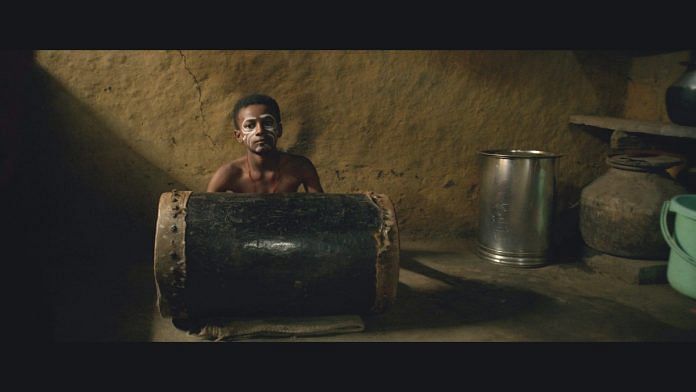Bengaluru: Cameras flashed as fans jostled for selfies. Inside the packed theatre, every seat was taken, with some people even sitting on the floor. All this excitement wasn’t for a Bollywood star. It was for 14-year-old Chinmaya Siddi, a boy from the marginalised Siddi community in North Karnataka.
Chinmaya stars in Rhythm of Dammam, a Konkani-Kannada film directed by Jayan Cherian. It explores the intergenerational trauma of India’s Siddi community, believed to have descended from the Bantu people of Africa. And it puts members of this underrepresented Scheduled Tribe front and centre.
“Everywhere we go, we are asked if we are African,” said Chinmaya after its 28 November screening at the 55th International Film Festival of India in Goa. “People treat us like we don’t belong here, in Karnataka. But now, after this film, people are eager to know about our culture and tradition. They are accepting us.”
The 92-minute film centres on Jayaram Siddi, a 12-year-old boy (played by Chinmaya) who is haunted by visions of his dead grandfather. As Jayaram pieces together his ancestors’ journey to India centuries ago, he confronts their history of enslavement and continued oppression by upper-caste landowners. Visually stunning and emotionally raw, the film has received widespread acclaim, including at the International Film Festival of Kerala this month.
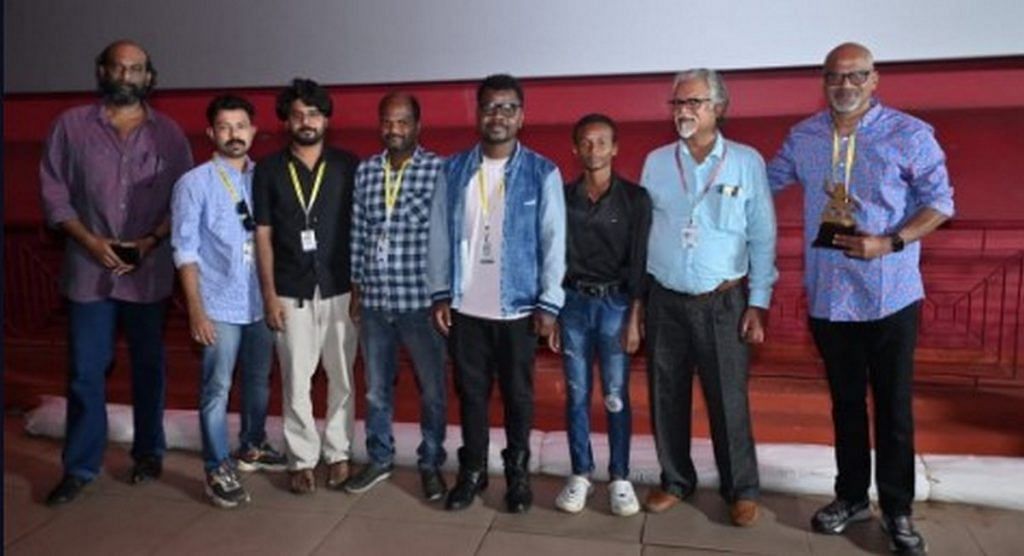
Siddis have long been treated as a curiosity and are often called ‘India’s African tribe.’ Recent documentaries such as Lost Tribe of Africa (2018), Siddhi (2022), and Raanachi Pakhara (2018) have explored their heritage, but Rhythm of Dammam breaks new ground. It doesn’t exoticise their lives; instead, it draws the audience into their lived experience.
It’s the first fictional feature centred on the Indian Siddi community and the first filmed entirely in Siddi Bhasha, a dialect by the section of the community that lives in northern Karnataka. Many cast members had never been accepted as Indian before, let alone acted in a film.
“You take my Mama, you take my Papa, you take my girl, you take my baby,” says a voiceover in the trailer. “You take my gods, you break my spirit, you take my language, and call me Siddi. What the f— does it mean?”
The project was many years in the making, with New York-based director Cherian even living with the community in North Karnataka’s Yellapur village for several years.
“There’s a lot that’s not known about Siddis. Most historical information about them is only in the form of random statistics. But they are more than just numbers,” Cherian told ThePrint. “At a time when their collective memories are being deleted by upper caste communities who continue to treat them as slaves, we need to preserve whatever is left of their identity.”
Also Read: Malayalam cinema has found its Animal moment. Audience loving extreme violence in Marco
A drumbeat through the ages
A group of women dance and sing to the beats of the dammam—a drum crafted from wood and deerskin. They wear colourful feathered headgear, strings of leaves around their necks, and bold red-and-white markings on their foreheads. No choreographer has guided this performance. It’s a ritual handed down through generations for centuries.
Traditional dammam sequences appear twice in Rhythm of Dammam. For the first time on screen, the ritual unfolds in its entirety, without interruption, capturing the Siddis in an energetic trance.
“Our forefathers used to sing and dance to these songs. We are told the beats are very similar to African music,” said Mohan Siddi, an activist and comedian from Karnataka’s Siddi community who plays Jayaram’s uncle in the film.
The dammam represents more than just music. It’s one of the few links left to a distant past. The Siddis were brought to India by Portuguese merchants over 400 years ago, after which much of their culture was erased through slavery and dehumanisation.
“We have heard from our elders that our ancestors were brought to India blindfolded with their hands tied. They were kept in separate groups so that they couldn’t interact and instead forget their culture,” Mohan recalled.
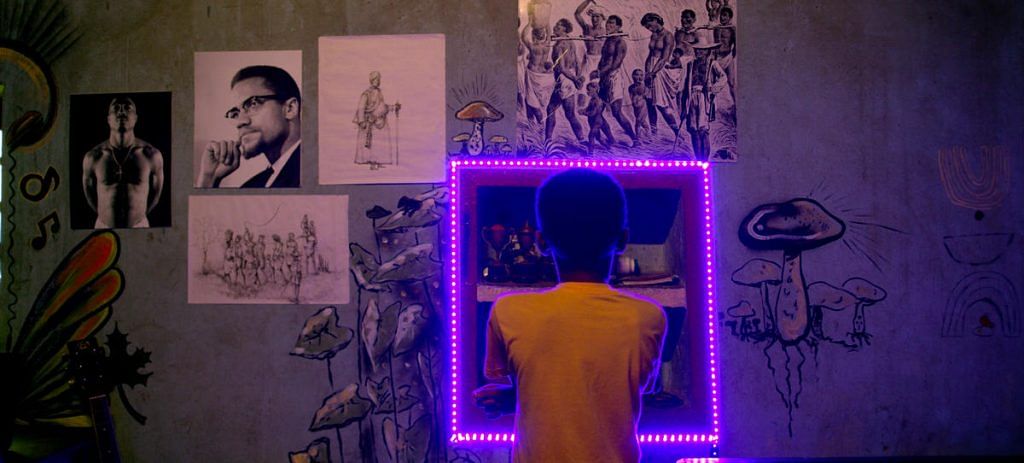
After slavery was abolished in the 19th century, Siddis fled into jungles to escape recapture. Today, they are scattered across Karnataka, Maharashtra, Goa, and Gujarat, following Hinduism, Christianity, and Islam. But the rhythm of the dammam unites them. It’s the one part of their identity they’ve managed to preserve.
The dammam is woven into every aspect of Siddi life. Whether for teaching children about farming, learning to make red ant chutney, or grieving the death of a loved one, there’s a song played to the dammam for each occasion.
“The rhythm of the dammam is our blood, our god, and our religion,” said Mohan.
Cherian shot one dammam ritual for 24 straight hours, from start to finish, without interfering or staging the scenes.
“We didn’t have to train anyone in the film for the dance. Even a baby born into the community knows how to dance to the beats of the dammam,” said Mohan.
A language of belonging
For Siddis living in Karnataka, proving they belong is a daily battle. Some are labelled as ‘outsiders,’ while others are told they’re ‘too dark to be South Indian.’ But their language—Siddi bhasha—speaks volumes about their deep-rooted connection with the region.
It’s a blend of Konkani, Marathi, Urdu, Gujarati, and predominantly Kannada.
“All Siddis know at least one of these languages. How are we not Indian then?” asked Prashant, who played the role of Jayaram’s father in Rhythm of Dammam and is an established actor in the Kannada film industry. “’Jante’ in Kannada means ancestors so that word appears frequently in the dammam.”
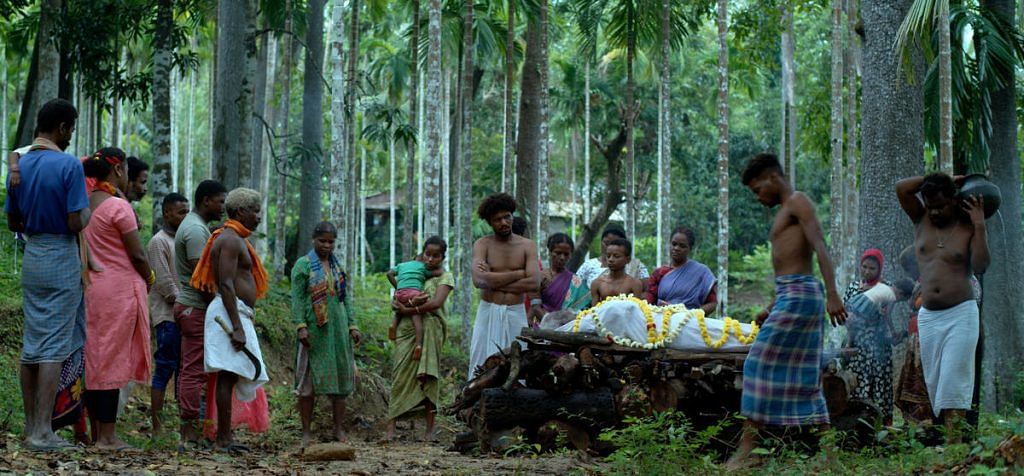
Although India has yet to officially recognise Siddi Bhasha, all the film’s characters speak in this unique dialect. It wasn’t an easy task for Cherian. He moved to Yellapur and lived with the Siddis from 2018 to late 2023 in an effort to provide an accurate representation of their history. Mohan helped Cherian with translating the script into Siddi Bhasha from English.
“Initially they were hesitant to let me into their lives but once I started living with them and learnt to communicate with them, they made me feel at home,” said Cherian.
While the film awaits a distributor or OTT platform, it has been screening at international film festivals in Kerala, Goa, and Karnataka, with a showing in Bengaluru planned for March. The proximity of these locations to Siddi communities brought local audiences into the conversation.
“It has been fascinating to see the feedback from locals who never knew that Siddis shared similar linguistic characteristics with them,” said Cherian.
Also Read: ‘A female director doesn’t mean no male gaze’—Kani Kusruti is so much more than All We Imagine
Still fighting bias
Despite growing recognition and acceptance, Siddis in Karnataka still face everyday discrimination and systemic oppression.
Prashanth Siddi, who has acted in over 50 Kannada films, said this leaked into the movie industry as well.
“My fellow actors, who are not Siddi, get paid twice as much as me. They openly make fun of my looks and use racial slurs against me,” he alleged.
Another artist, Girija Siddi, who plays Jayram’s mother in the film, said she faced similar experiences in the industry.
“Kaam nahi karti (She doesn’t work). That is how I used to be labelled even before I could show them my talent,” said Girija, the first Siddi woman to study classical Indian music.
Cherian’s film captures this ongoing prejudice while also exploring the trauma that the community has carried across generations.
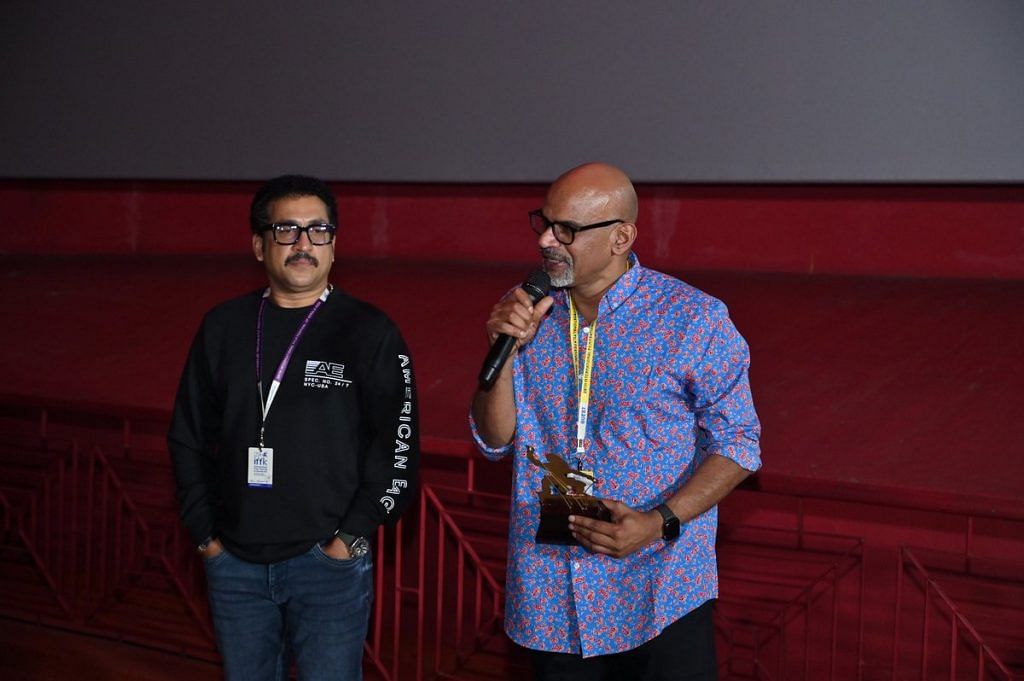
In one scene, Jayaram stares at murals and photographs of slavery on his uncle’s wall. Suddenly, he gets visceral visions about his dead grandfather’s experiences being tortured and discriminated against. It’s almost like muscle memory.
“Despite the trauma, the Siddis’ (history) continues to live on in their rituals, music, and language. This is what I wanted the film to convey,” said Cherian.
At the Goa screening, Chinmaya Siddi appeared shy at first but as time went on, he seemed more comfortable and answered questions confidently.
Girija and Prashanth both pointed out how natural it was for the Siddis in Yellapur to step into acting. While some were hesitant to appear on camera, most didn’t need much guidance.
“Siddis are born artists. It is in our blood,” said Girija.
(Edited by Asavari Singh)



